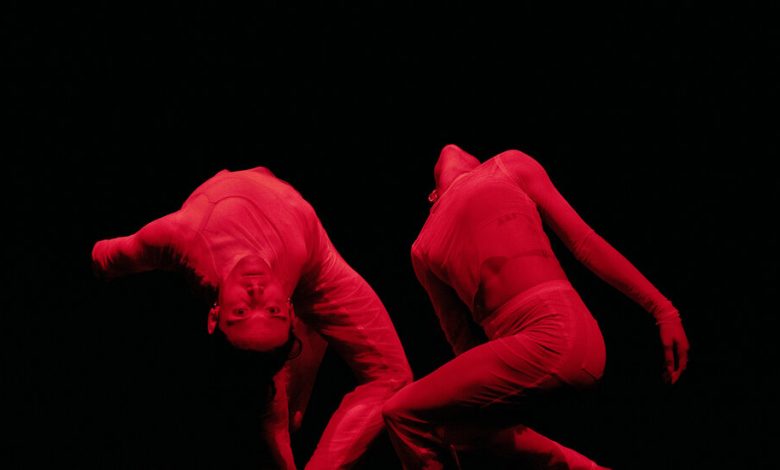At Montpellier Danse, Leaning Into New Work as the Void Looms

The abyss, the womb, the fathomless depths of sea and space. These are the settings for Wayne McGregor’s new “Deepstaria,” in which nine dancers float and spin, buckle and collapse, regenerate and reform, in a protean display of technical virtuosity and human fragility.
“Deepstaria” had its premiere on Saturday night as the opener of the 44th Montpellier Danse festival, one of the most important events on the European dance scene.
This year’s festival, which runs through July 6, is the last directed by Jean-Paul Montanari, who has been shaping Montpellier Danse since 1983, nearly the entirety of its history. (The festival was founded in 1981.) For his final turn, he has done something unusual for Montpellier: programmed almost entirely new or recently created work. Although it is difficult to think about the beauties of dance when “faced with the horrors of the world,” he writes in the program, artists live to make work: “A festival without creation isn’t a festival, it’s a catalog.” (There is no word yet on Montanari’s successor.)
And while “Deepstaria,” named after a translucent-skinned jellyfish, takes us into other worlds through effects of sound, design and light, its focus is deeply, touchingly, human, underlining Montanari’s suggestion that creation is a form of resistance to the horrors around us.
The work opens with a man and woman moving in a space of depthless, inky blackness. The effect comes from a back panel coated in Vantablack, the darkest material ever created, which reflects almost no light and makes dimensions disappear into a featureless void. A low electronic hum is permeated by foley sound effects: knocking, clicking, creaking, scratching. The pair dance together, bodies curving, heads ducking, legs circling, then give way to others, who sweep across the stage alone or in pairs, dressed in the briefest of black briefs and bras.
The movement here is hyperkinetic and complex, combining the precarious off-balance extensions and dynamic extremes that William Forsythe brought to ballet technique with the fluid, fissured, morphing shapes peculiar to McGregor.